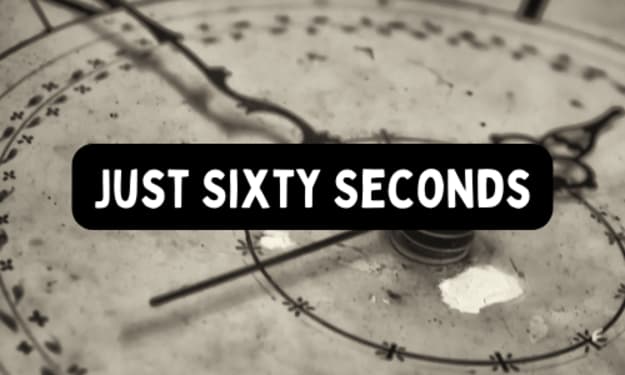The Development of Feel in the Art of Pitching
Youth Baseball Pitching Instruction
“If your Holy Grail is velocity instead of release point, the art of pitching and development of feel will be difficult to achieve”.
“The importance of creating repeatable rhythmic movement patterns is essential in the art of pitching and development of feel. Repetition of your release point is the Holy Grail for all pitchers. It will allow you to manipulate the baseball and execute quality pitches with solid velocity, movement, life, control and command.”
The teaching concept that is very successful in accomplishing this goal is a type of “reverse mapping” from release point. With an older pitcher usually 16-18 yrs old and up these concepts can be applied to a bullpen session. Younger groups should work back from release point in a standard throwing session. The key in both groups is the successful completion of the release point. It must be consistent enough to present ample opportunity for teaching and self reflection. A coach can decipher the successful pitch by looking at the quality in terms of life in the zone and overall command. If this does not occur, foundation and balance work is necessary for the pitcher/thrower to execute properly. Once we have progressed to approximately 20% success rate in the repetition of release point we can procede with the learning of feel.
After you (as the coach) witnesses a successful execution of release point, you simply ask the pitcher, “How did that feel?” While you are asking a question you are not looking for a verbal response. The pitcher is instructed to replicate the successful feeling. Remembering that our goal is to tap into the feeling centers of the brain and not trigger the analysis portion of the brain that shuts off the ability to feel and sense. Verbal cues should be kept to a minimum and analysis is not encouraged during the training session. Thesuccessful repetition in execution of the pitch will increase through stringing along each individual success. If the pitcher strings together more than 3 unsuccessful pitches, simply ask him to breathe and relax, take a few moments and stop thinking. The more success in executing a successful pitch, the less the coach will communicate verbally. Simply ask, “did that one feel good?, excellent feel it again, reproduce that feeling.”
This stringing along process will eventually help the pitcher improve pitch execution in bullpen sessions and game performance. The secondary long term goal becomes keeping that good feeling for an entire pen session to eventually game performance. The pitcher will learn that after a failure, get back to feeling and not analyzing.
Another area where “reverse mapping from release point” is effective is in video breakdown session post workout or post game performance. Initially, only show video of the successful execution of release point. The pitcher will replicate what he sees and associate it with the proper feeling that was achieved. Feel becomes associated with successful execution. Slowly, introduce negative video and ask the pitcher how did that feel and what made it feel different. Remember to always end on a positive in either throwing sessions, bullpen session and video breakdown. Let’s carry the positive forward as a launching spot for the next successful session.
In a future article I will discuss the process of improving the foundation in the kinetic chain (off field training and conditioning) in order to proceed to this reverse mapping technique. The paralysis by over analysis is to be avoided at all costs. All data and other technology learning techniques should be part of preparation and not execution. Velocity and spin rates should be avoided, the goal is the development of feel for execution of proper movement patterns. The process is the key, the feel is the Holy Grail.
Feel free to contact me with any questions you may have.






Comments
There are no comments for this story
Be the first to respond and start the conversation.